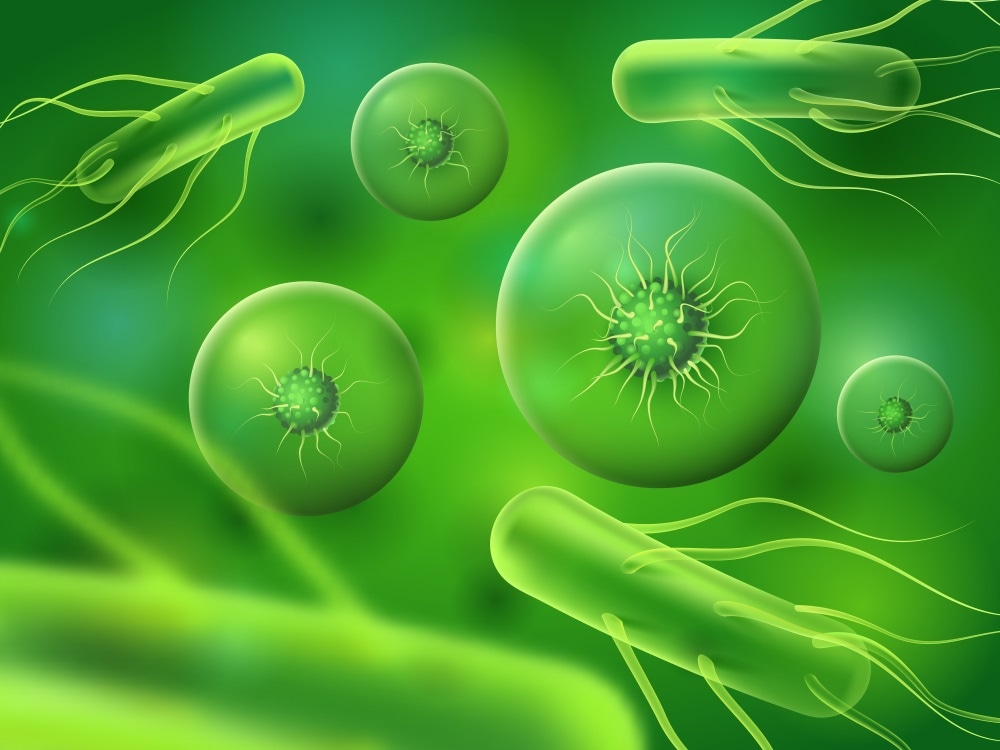A new method designed by plant pathologists in Connecticut now allows researchers to access an effective and low-cost tool to facilitate the analysis of the all non-bacterial microbiomes of all plant species.
 Image Credit: Tartila / Shutterstock.com
Image Credit: Tartila / Shutterstock.com
Plants have microbiomes, just like humans. When plants grow, they colonize the roots by recruiting beneficial microbes from the surrounding soil. A majority of the studies on plant microbiome target fungi and bacteria, although many other microorganisms also exist, like fungi nematodes, protists, and mites, that may influence plant health.
But little is known about the effect of these other microbes, and this is mainly due to technical restrictions. One such restriction is that samples collected from plant tissues or roots are full of plant DNA, which supersedes the DNA signal used by investigators to identify certain microorganisms.
To sequence and detect the DNA from mites, nematodes, fungi, and protists more accurately, investigators from the Connecticut Agricultural Experiment Station and the University of Connecticut have modified a technology called “peptide nucleic acid (PNA) clamps” to inhibit plant DNA. The findings were published in the Phytobiomes Journal.
These clamps allowed us to examine the entire non-bacterial microbiomes with minimal contamination from the plant itself. By adding the clamp, we were able to get three times the sequence information from each plant sample and detect thousands of sequences from rare microorganisms that were otherwise undetectable.”
Stephen Taerum, Study First Author, Connecticut Agricultural Experiment Station
The clamp designed by the team was able to inhibit the DNA from barley, corn, sorghum, and wheat. With slight modifications, this technique can be applied to design clamps that inhibit the DNA from other plant species.
It’s a technique that adds only small change to the type of methods many researchers are already using and reveals the presence of many new and different organisms, so we hope people will be encouraged to try it. We are also very accessible, so we encourage researchers to contact us with any questions about PNA clamps.”
Lindsay Triplett, Project Leader, Connecticut Agricultural Experiment Station
Triplett, Taerum, and collaborators are currently targeting their studies on the function of protists in the rhizosphere microbiome. This goal is to leverage the rich foundation of studies laid by soil, marine, and plant protistologists throughout the world.
Source:
Journal reference:
Taerum, S. J., et al. (2020) Validation of a PNA Clamping Method for Reducing Host DNA Amplification and Increasing Eukaryotic Diversity in Rhizosphere Microbiome Studies. Phytobiomes Journal. doi.org/10.1094/PBIOMES-05-20-0040-TA.